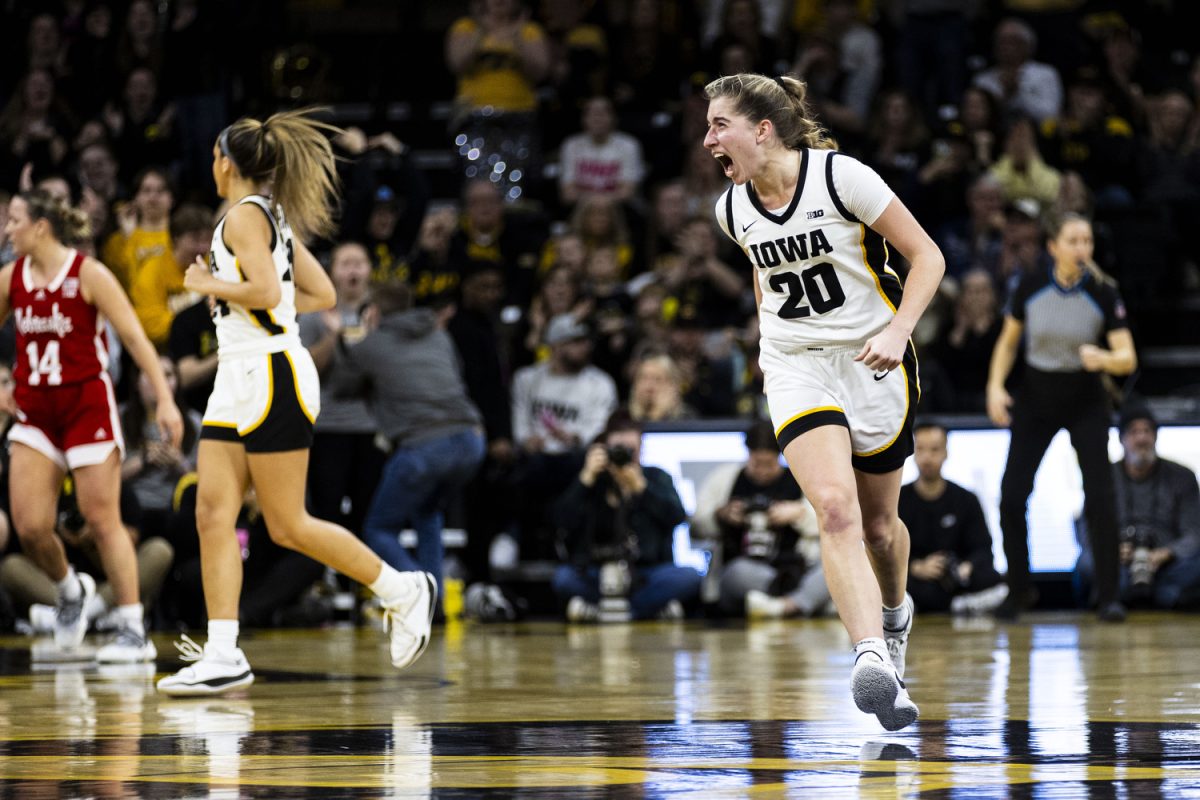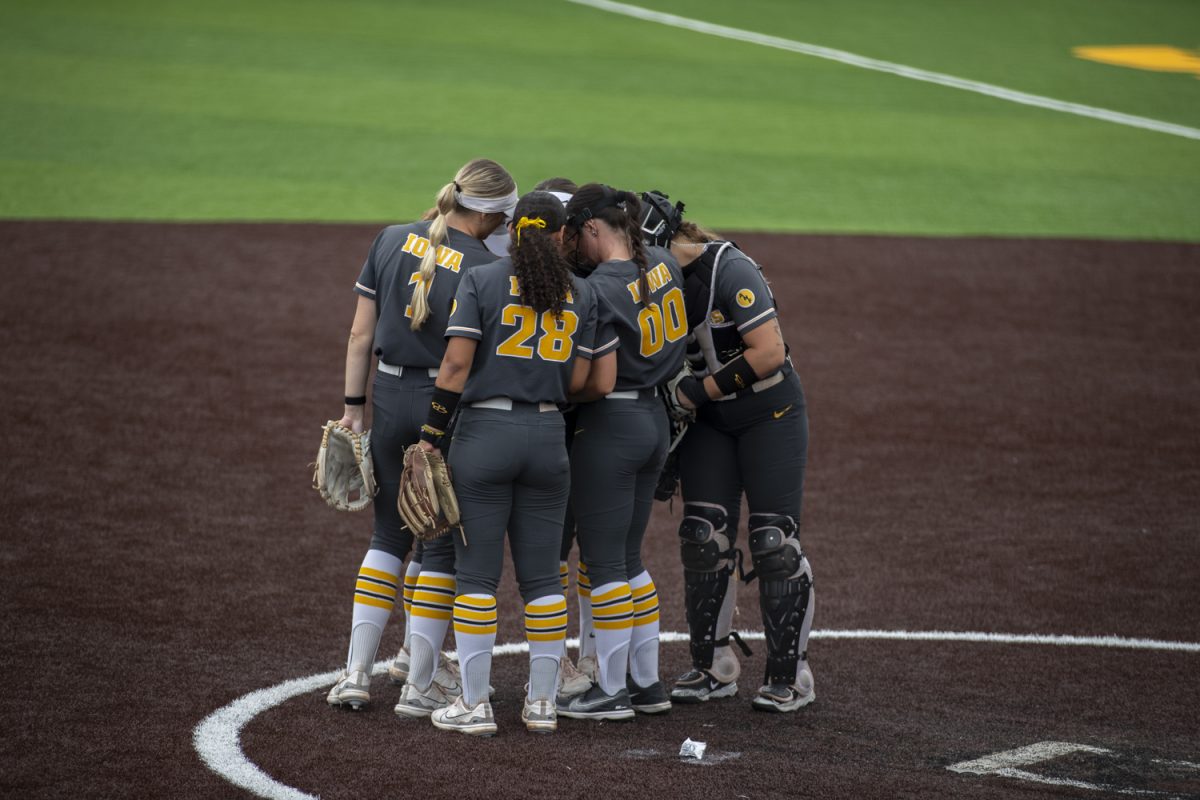Head coach Layne Anderson shares his thoughts on training differences in the track setting compared to cross-country.
By Connor Sindberg
The men’s and women’s cross-country teams hope for improvement in the distance events this coming track season. To achieve that,they have trained in preparation for the Jan. 9 Border Battle in Champaign, Illinois.
The Dec 5. Black and Gold Intrasquad meet served as preparation for the men’s distance team, while the women didn’t participate. Although the women distance runners didn’t run in the intrasquad, head coach Layne Anderson believes his team will be ready and healthy.
“For the cross-country girls, there was no intent to run them just because they were coming off a long competitive season, and they needed that break; it’s important for them,” he said.
One reason for the health concern is that track season is much longer than cross-country season, which will require more recovery time for the distance runners.
“The obvious difference is that [track] has more events [than cross-country],” Anderson said. “Track has more options for events that the runners can compete in.”
Besides the stress on recovery, Anderson realizes that there are elements of distance running in the track setting that are different from cross-country. In the team’s preparation, one component he has focused on is the element of speed.
“In training we will get on the track a bit more, certainly speed is an element of track,” Anderson said. “Shorter distances require greater emphasis on speed development. For the longer distance runners, we’ll use the shorter events as a way to develop speed in addition to doing it in their workouts.”
Anderson also noted that cross-country has its benefits. He knows that both track and cross-country require different elements that prepare runners in different ways.
“Cross-country is good strength-building season in preparation for the track season, and track is good speed preparation for cross-country season.”
Two cross-country runners that Anderson will count on for the distance events are sophomores Madison Waymire and Michael Melchert.
Melchert was a frontrunner for the Hawkeyes in three cross-country races this season, including a 17th-place finish at the Big Ten meet.
“[Michael] and I have been talking about goals for the indoor season; they’re significant, and if he achieves them, they will result in a 20-second improvement in the 3K.”
Waymire joined the success, becoming the first Hawkeye to lead the team in all six cross-country races this season. It’s the first time that’s happened since 2000. She also ran the 10th-fastest 6,000-meter time (21:01.8) in school history at the Big Ten Championships.
“Madison’s expectations and goals for the indoor season are significant and if we get in the ball park of those, it will be a similar level of improvement as cross-country,” Anderson said.
Waymire agreed with her coach on individual goals, but she also wants to see the team improve. And she has her eyes set on one particular event.
“We just want to put it all together at the Big Tens, realistically we want to finish in the top-five in the conference,” she said.
Follow @csindberg32 on Twitter for Iowa track news, updates, and analysis.







